from Livescience.com https://ift.tt/2XL0BcW
via IFTTT
world and global knowledge that you should know
While some people love the crowd and social interaction, some individuals find happiness in solitude and peace.
Listed below are the 10 most silent places in the world, from the world’s most remote corners to modern soundproof solutions. Check it out!
Microsoft created the quietest room on earth. On its campus in Redmond, Washington, is where its anechoic chambers can be found. The Audio Lab team of Microsoft uses the echo-free chambers to test Cortana – the digital personal assistant and also to test their Surface tablets.
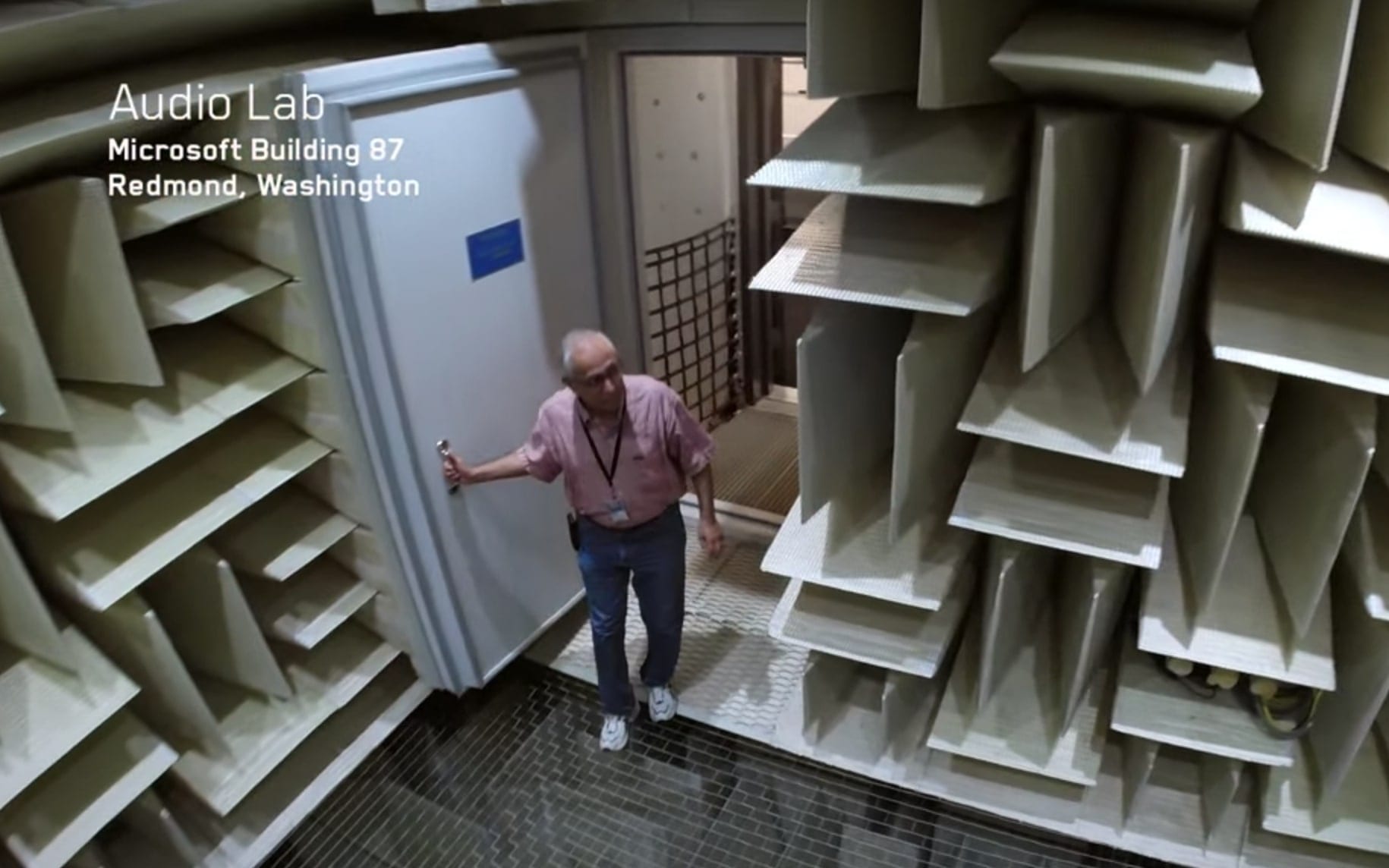
Image Credit: news.microsoft.com
Included on the list is an acoustics and architecture test facility in Minnesota US, the Orfield Laboratories. The anechoic chamber found at the Orfield Laboratories is encased in double walls steel and foot-thick concrete. It also has two vault-style type of door. The noise level in this room can drop to -9 decibels with no sounds that can ever be heard from your surroundings. Visitors mostly can’t stay in this chamber for more than 20 minutes. The anechoic chamber is a test room to gauge the volume of any components by product manufacturers.
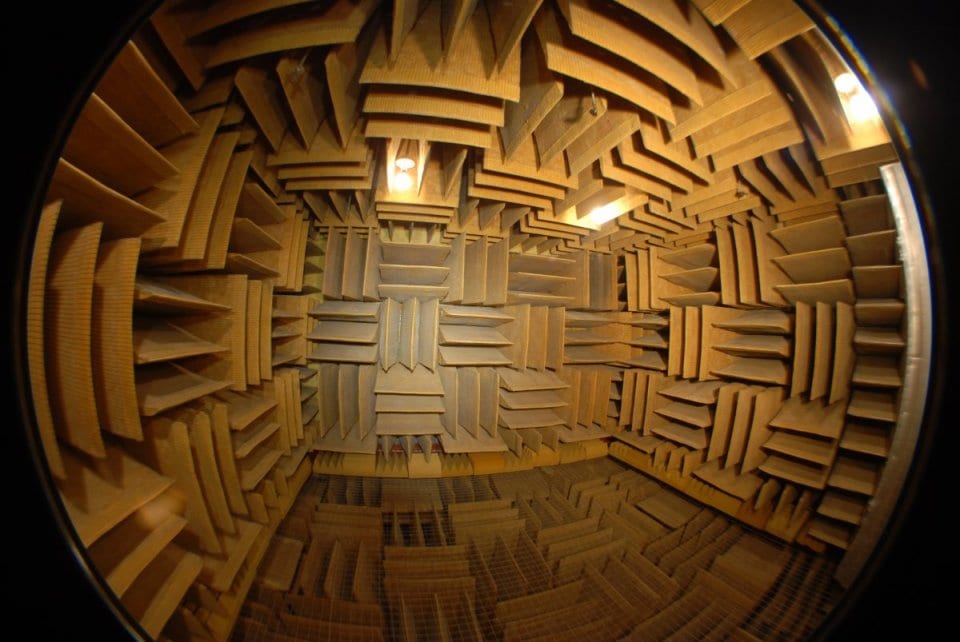
Image Credit: www.orfieldlabs.com
The largest area of aeolian sand deposits located in Mojave Desert, US is known as Kelso Dune Field. Kelso Dunes has a quiet environment with no cars, planes or wildlife found because of the vistas and harsh environment it possesses.
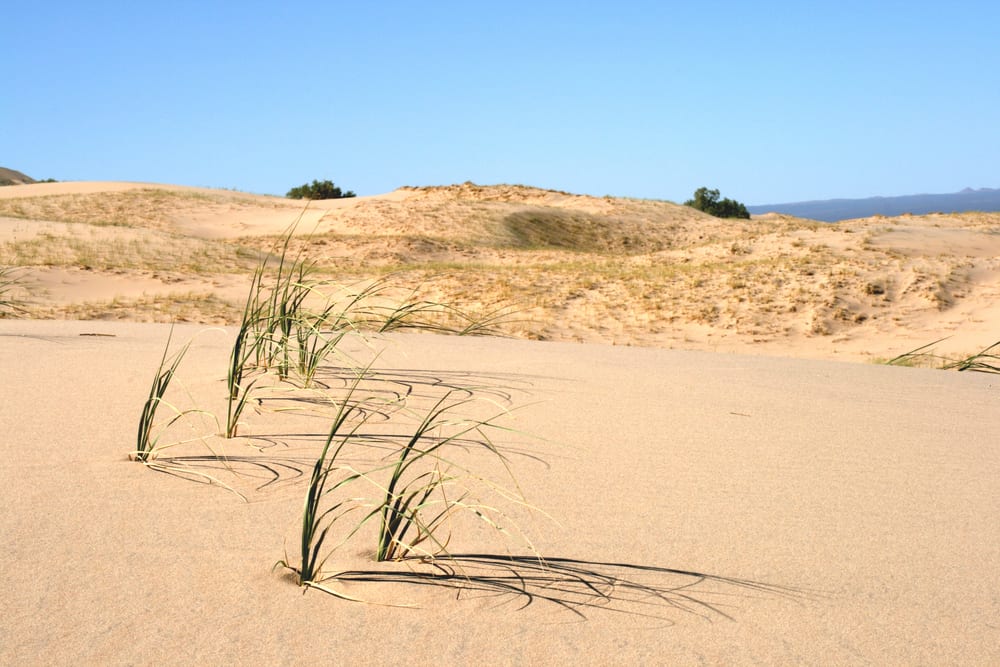
Looking for a quiet national park? Try to visit the Olympic National Park in Washington. It is one of the only wilderness areas of America that’s uncrossed by highways. It also has the biggest coniferous forest over the US states.
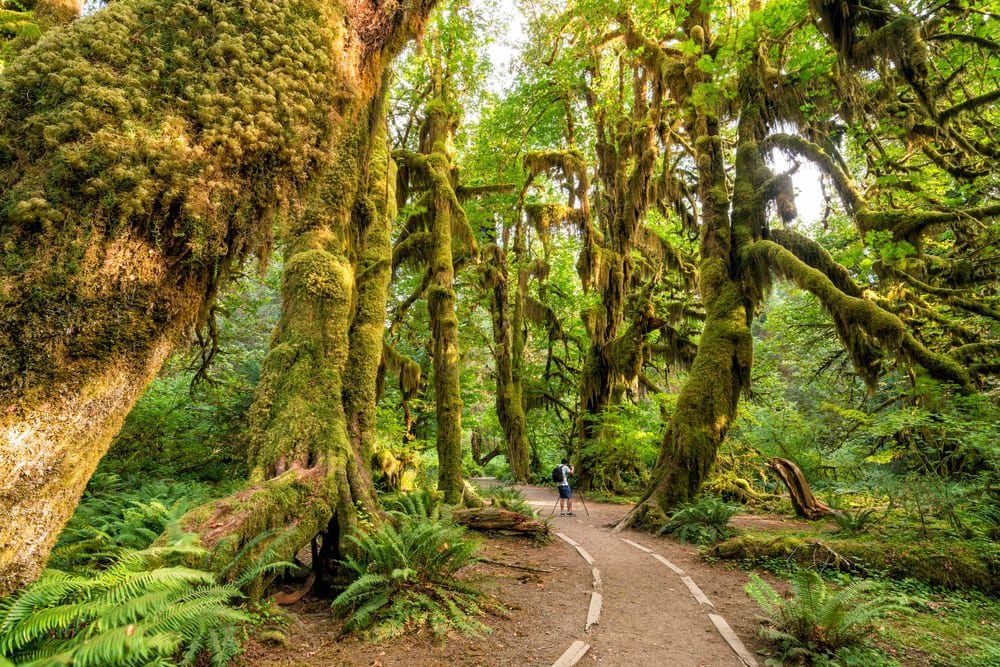
One of the peaceful places in Britain is Kielder Mires, the largest area of blanket bog in England.
According to the Worldwide Hearing Index, Zurich in Switzerland is known to have the lowest incidence of noise pollution, while Guangzhou in China is the highest recorded noise pollution.

In the northern end of the Laugavegur hiking trail in Iceland is the Landmannalaugar. It is a quiet open road which is very well known to travelers.
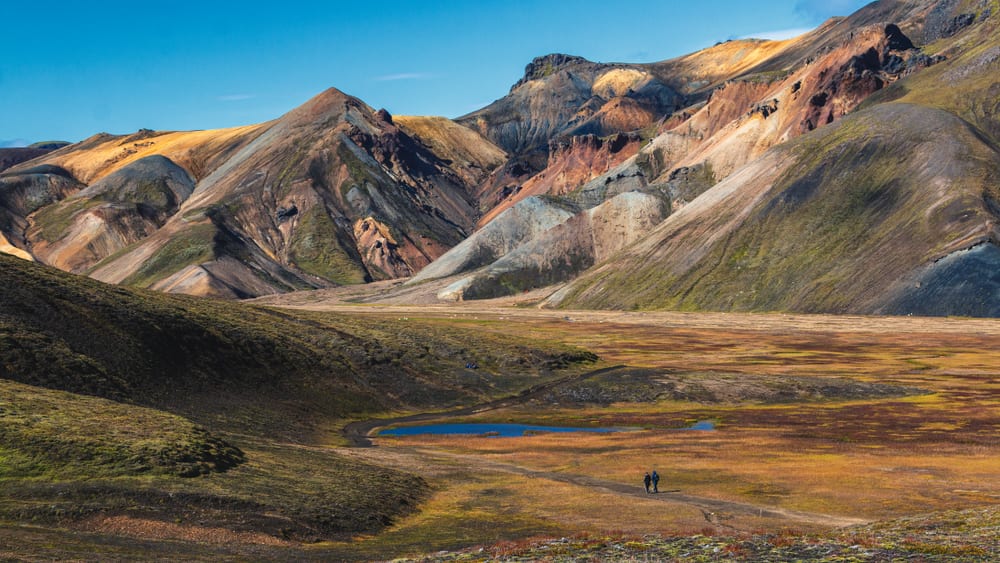
Located in the middle part of the dry desert of northeast Botswana is the Makgadikgadi Pans. It is one of the largest salt pans in the world, spanning 3,900 sq km. During the dry season, very little wildlife exists, which makes this place included on the list. But during the wet season, there are abundant numbers of wildlife which become a perfect time for safari activities to people.
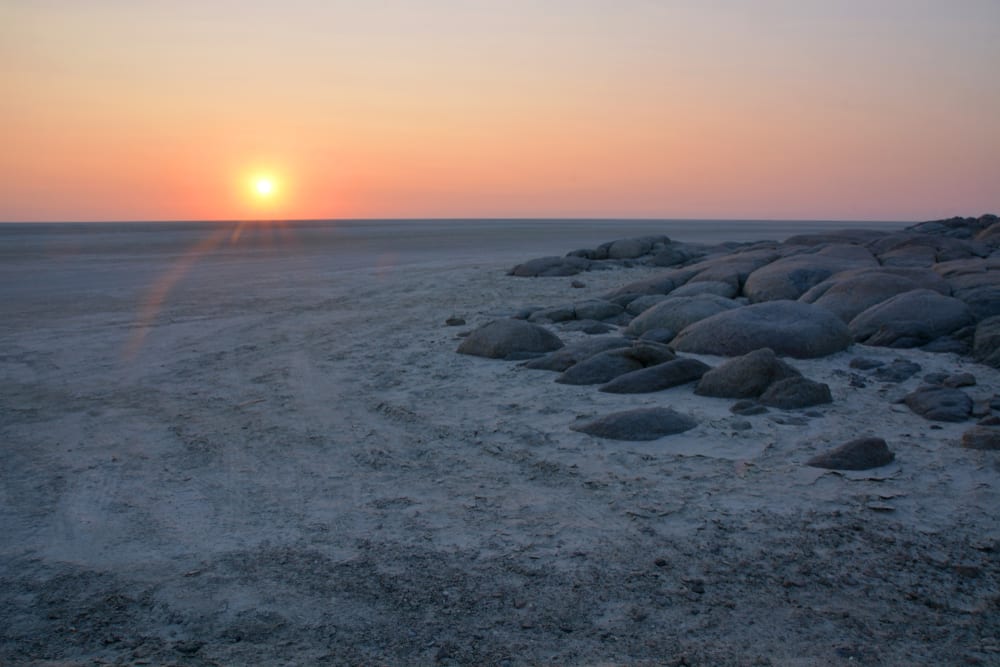
The quietness of this continent is deafening as there are no human sounds that can ever be heard. You can only hear the beautiful noise from other creatures and echoes of Mother Nature when you reach Antarctica.

This Tak Be Ha Cenote in Mexico can only be accessed with a guide. This awesome place is known for its deep blue waters and quite atmosphere. Visit this hidden gem in the Tulum jungle if you are looking for a quite cenote to do snorkeling.
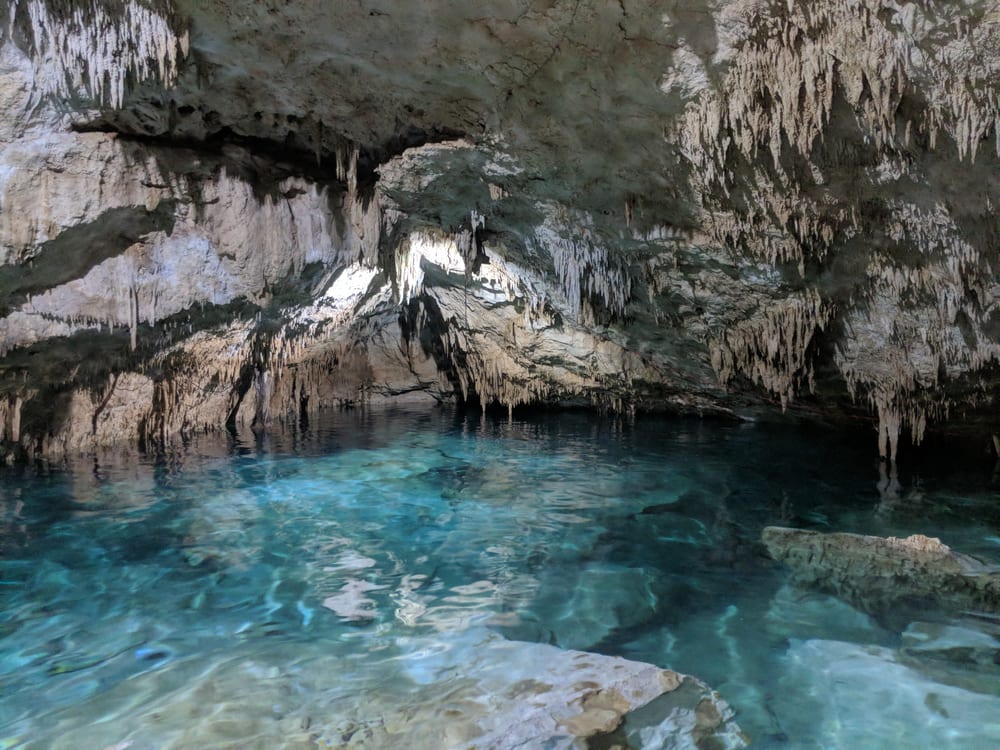
The post 10 Most Silent Places in the World appeared first on 10 Most Today.
Some individuals consider a beautiful beach as a perfect escape from their busy and stressful work. Those amazing waves, blue ocean water and aromatic sea air can capture anyone’s heart. But still, there are dangerous beaches in the world that are deadly to tourists and swimmers.
This public beach in Mumbai is so polluted and not suitable for swimming. Waste from the city and shipwrecked debris are some of the factors that affect its water quality. It was noted during the study in 2013 that there was a large amount of fecal chloroform present in Chowpathy’s water due to open defecation and improper disposal of raw sewage.
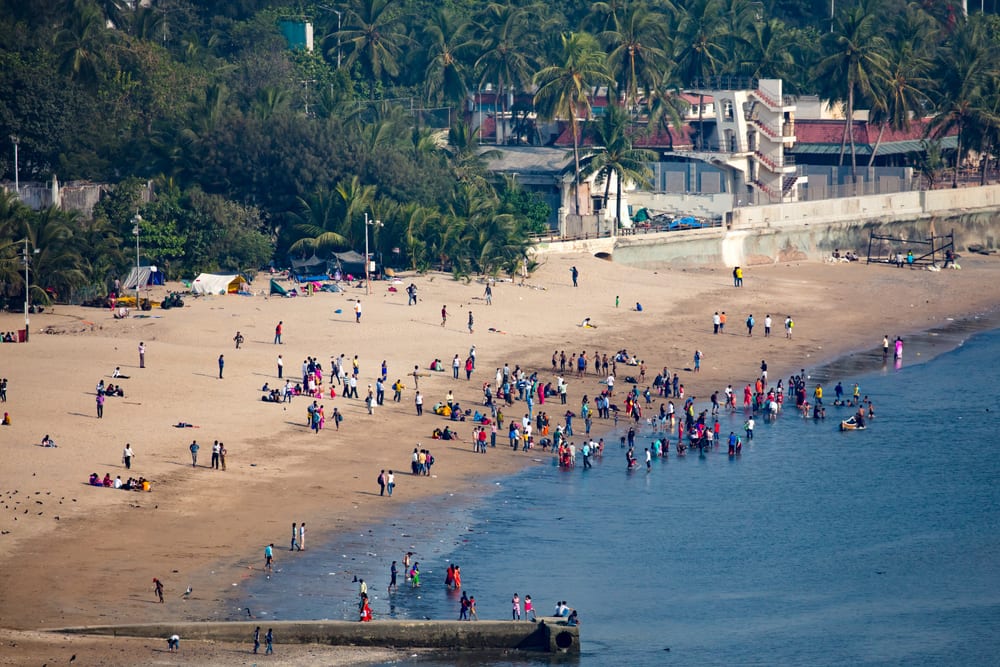
The Cape Tribulation in Queensland Australia has 4×4 trails, horse riding, kayaking and walking tracks that are popular to visitors. This forest location is so beautiful, but going here is quite risky because of harmful jellyfish, cassowaries, crocodiles and poisonous snakes.

Swimming with caution is strongly advised in Playa Zipolite beach because of the strong currents present in this place. Many swimmers lost their lives and many rescues have been recorded.
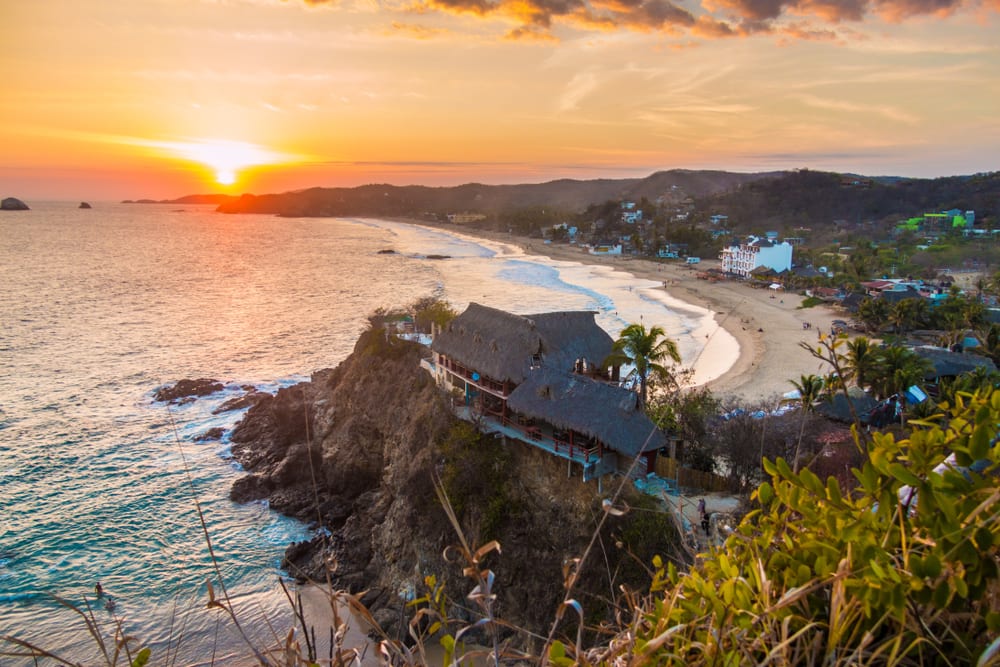
Gansbaai is popular for the tourists as this is a home to sharks and known as the great white shark capital of the world. Several fatal shark attacks have been recorded in this area.

The black sand beach in Kilauea lies next to an active volcano. The lava flow during an active eruption created this black sand.
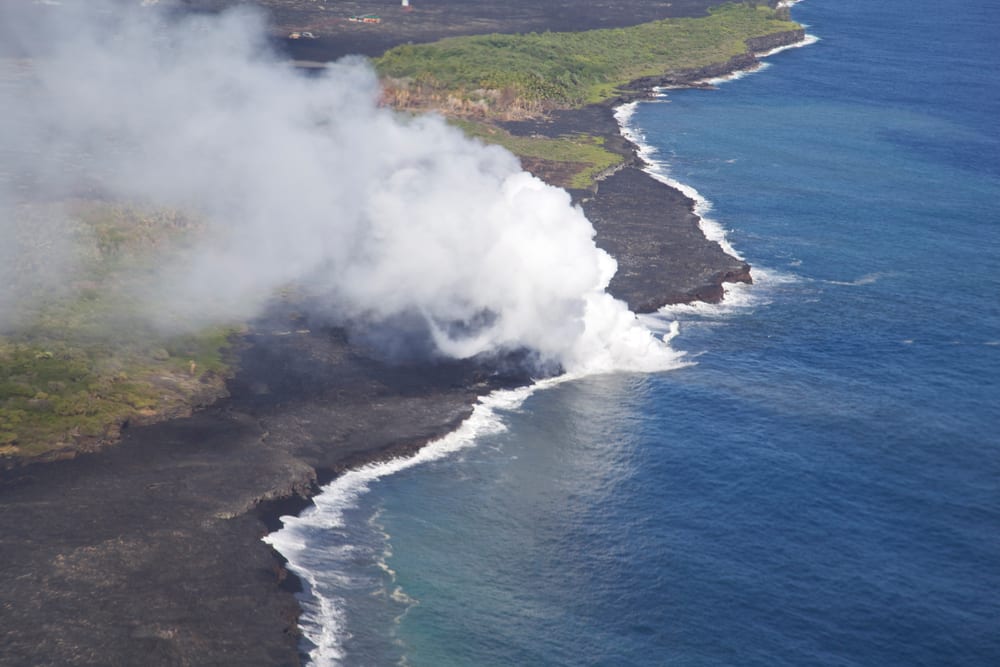
Amazon is popular for its beautiful beaches and varieties of creatures. But behind its lovely beauty are dangerous electric eels, Piranhas and anacondas that can end anyone’s life.
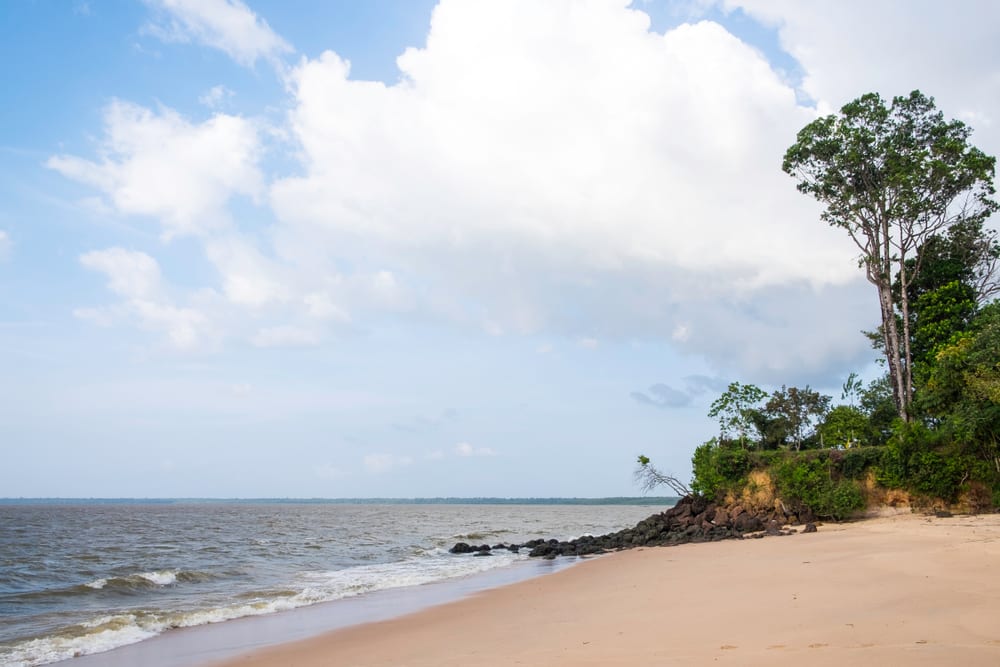
New Smyrna Beach, just like other dangerous beaches, is also home to deadly sharks. This beach is too risky for swimmers and surfers as they are prone to shark attacks. It has been dubbed as a shark capital of the world with countless attacks and fatalities.

On of the dangerous beaches in the world is the Frasier Island‘s beaches. It is home to some dangerous sharks and jellyfish and known to have strong rip currents that steal many lives.

The deadly rip tides is the leading cause of drowning and deaths in Hanakapiai Beach. The current is known to pull even experienced swimmers out to sea. And the only safe distance from the sea is 6 miles!
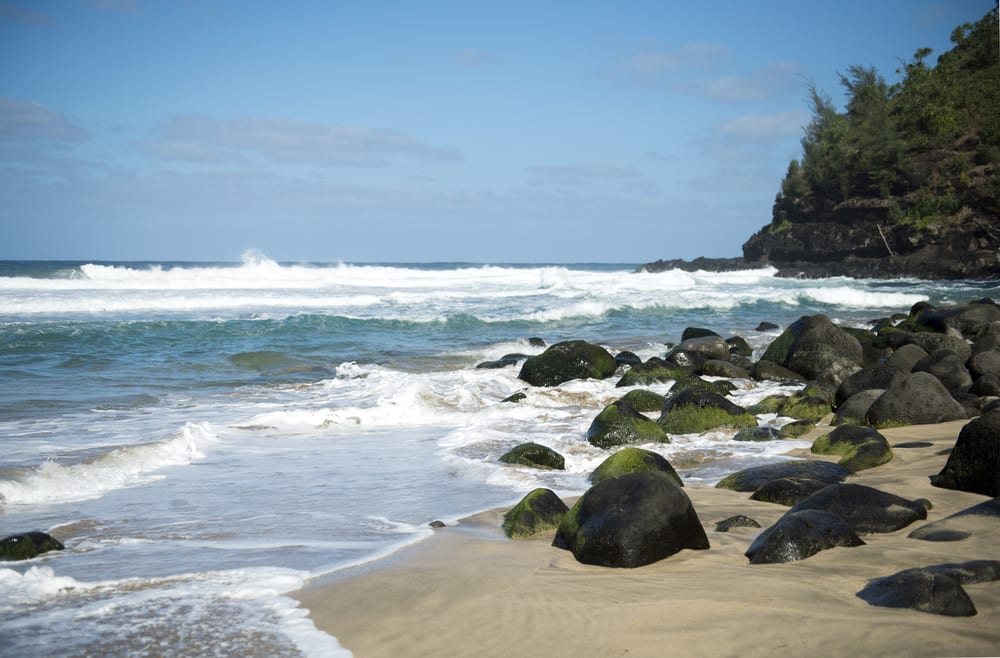
When you are planning to swim on these beaches, think again. Found underwater are those deadly jellyfish with poisonous stings that can inject you with their venom, leading to cardiac arrest and death.
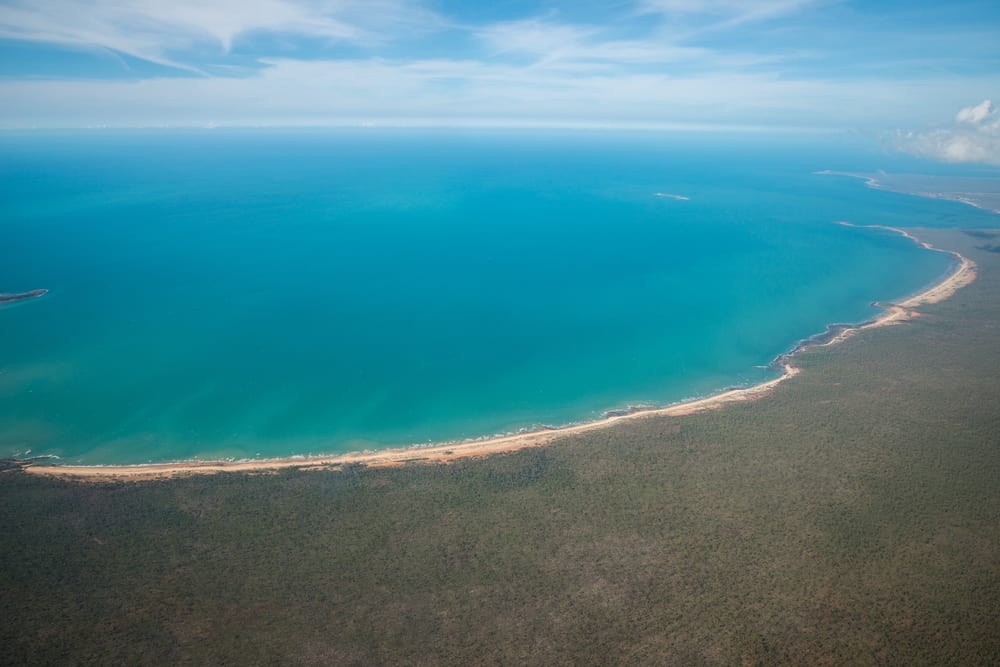
The post 10 Most Dangerous Beaches in the World appeared first on 10 Most Today.
Do you know the most dangerous snakes found worldwide? While other poisonous animals can hurt you by eating or touching them, these venomous snakes can inject you with their venom and can kill in less than an hour if left untreated!
The most venomous snake around the world is the Inland Taipan, a native to Australia. It usually lives in very remote areas, the reason why there are no reported cases about Inland Taipan attacking humans. It is known to be a reclusive snake, very shy and not so aggressive, unlike the other snakes on the list.
Though it loves to hide than fight, its one bite contains 110 mg venom that could kill almost 100 people! It can kill a human within 30 to 45 minutes if not immediately treated.
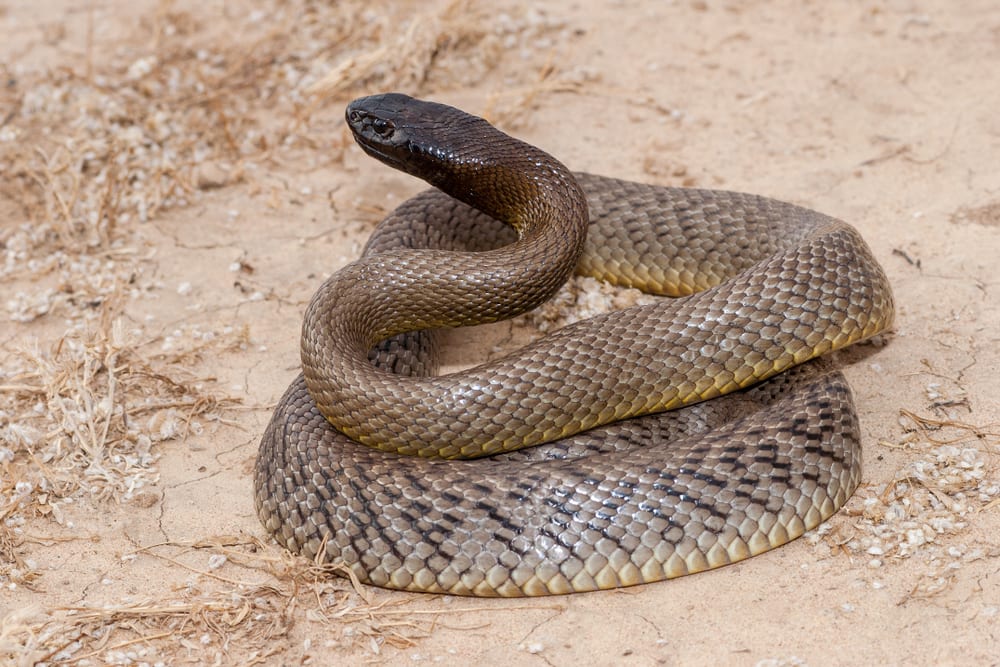
Another snake that is native to Australia is the Eastern Brown, also called Common Brown Snake. It is a very aggressive type of snake with brown scales and rounded snout features. Considered as the second most venomous snake in the world, its venom contains potent neurotoxins and coagulants.
Not all of its bites are venomous, but it can bite its prey several times. 1/14,000 ounce of this snake’s venom is enough to kill a human!
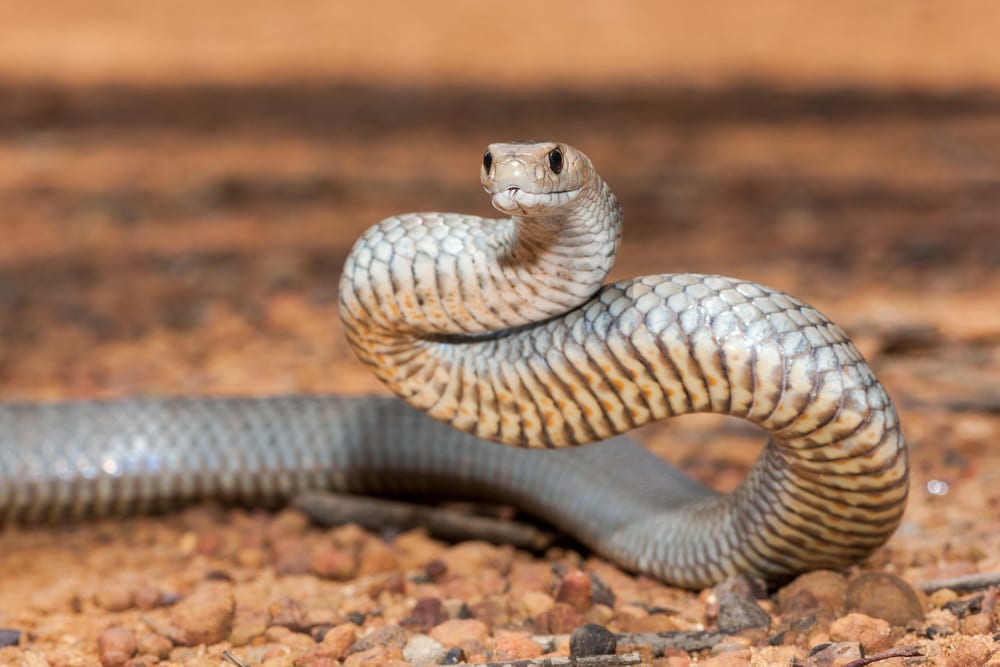
Taipan snake is another native to Australia with a distinctive feature of a rectangular-shaped head. Its color varies depending on the season. The color becomes lighter during summer and transforms to darker shade during the winter season.
One bite from Taipan snake can kill 100 men. The venom consists of potent presynaptic neurotoxins that can cause muscle weakness. It can kill someone within 45 minutes!
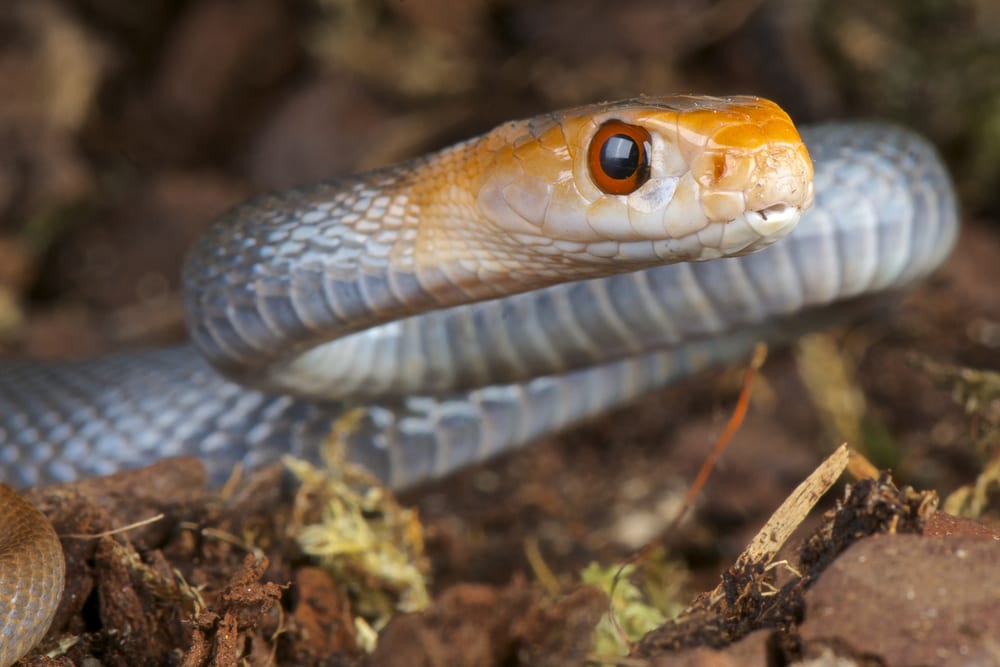
Native to Africa is one of the most venomous and aggressive snake species, the Black Mamba. Black Mamba is known for its long and cylindrical shape body and with a coffin-shaped head.
Its venom consists neurotoxins that can produce symptoms as fast as 10 minutes and mostly fatal when not treated immediately.
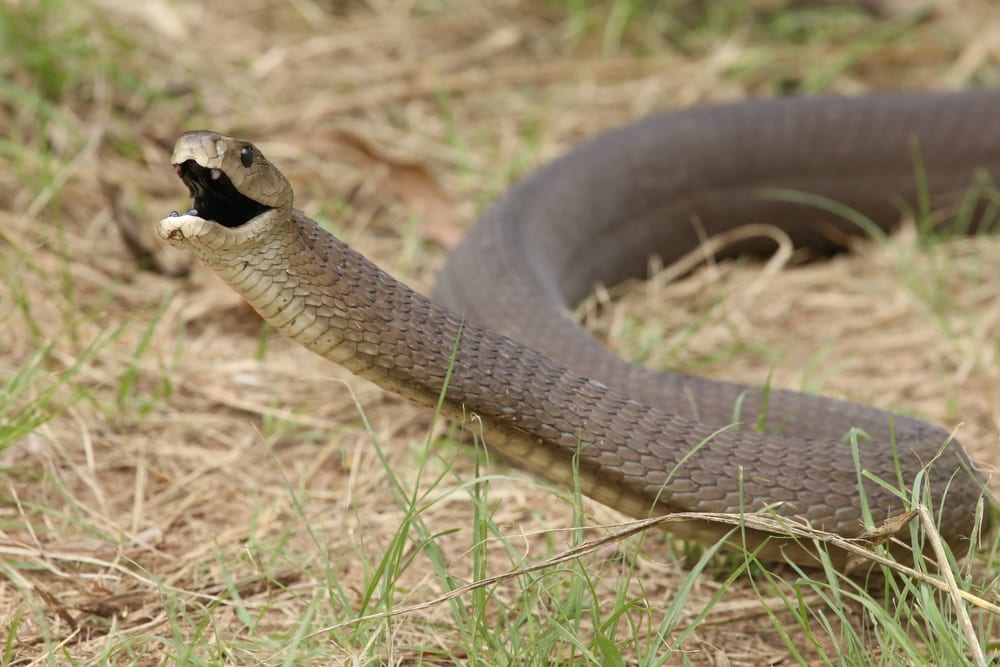
The Death Adder, also called Acanthopis, is a native to New Guinea and Australia. This venomous animal has a triangular-shaped head, a short body with a zigzag pattern. A bite from this dangerous snake could cause paralysis, which could lead to respiratory arrest and death in six hours. The fatality rate from Death Adder’s bite is 50%.
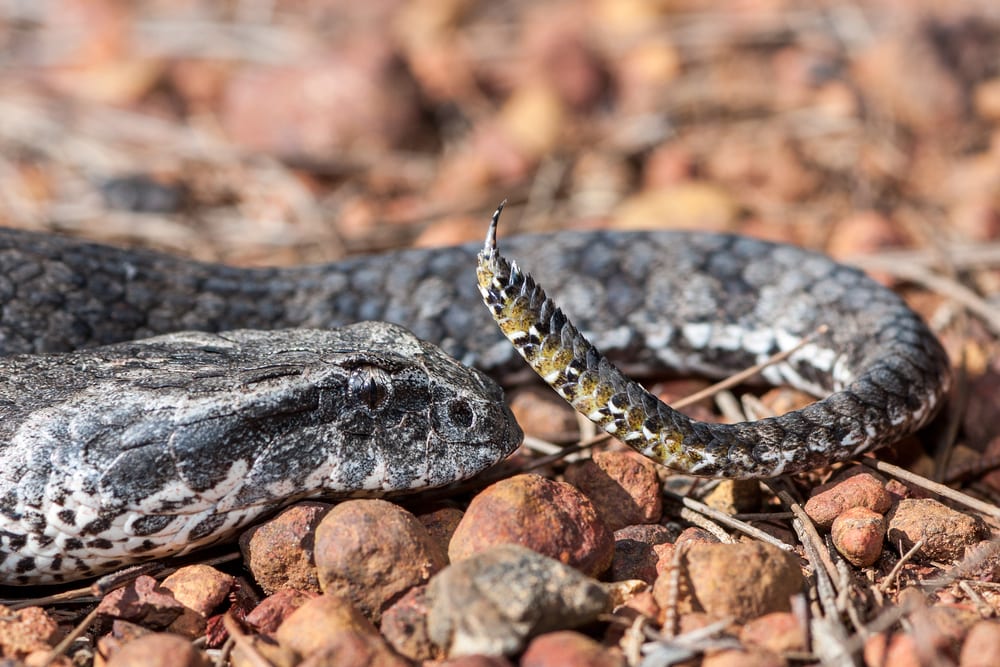
The Philippine Cobra in the Philippines is highly venomous, with long cervical ribs that expands and a stocky body.
Its purely neurotoxin venom can affect respiratory function and can lead to neurotoxicity and respiratory paralysis. If not treated immediately, it can cause death within 30 minutes only. Philippine Cobra can spit its venom up to 9 ft away.
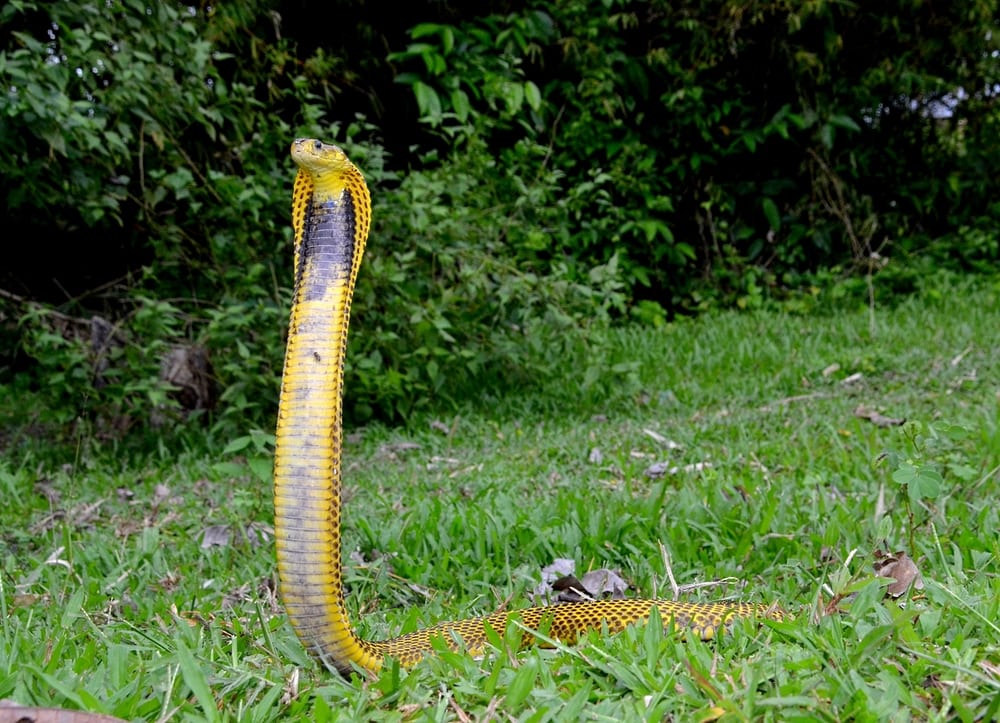
One of the venomous snakes found in Australia’s southern region is a tiger snake. It is known for its color pattern like those on a tiger. The Tiger snake is fatal to humans. The venom on this kind of snake has potent neurotoxins, hemolysins, coagulants and myotoxins.
A single bite from this snake can cause tingling, sweating, numbness and localized pain which can rapidly lead to difficulty of breathing and paralysis.
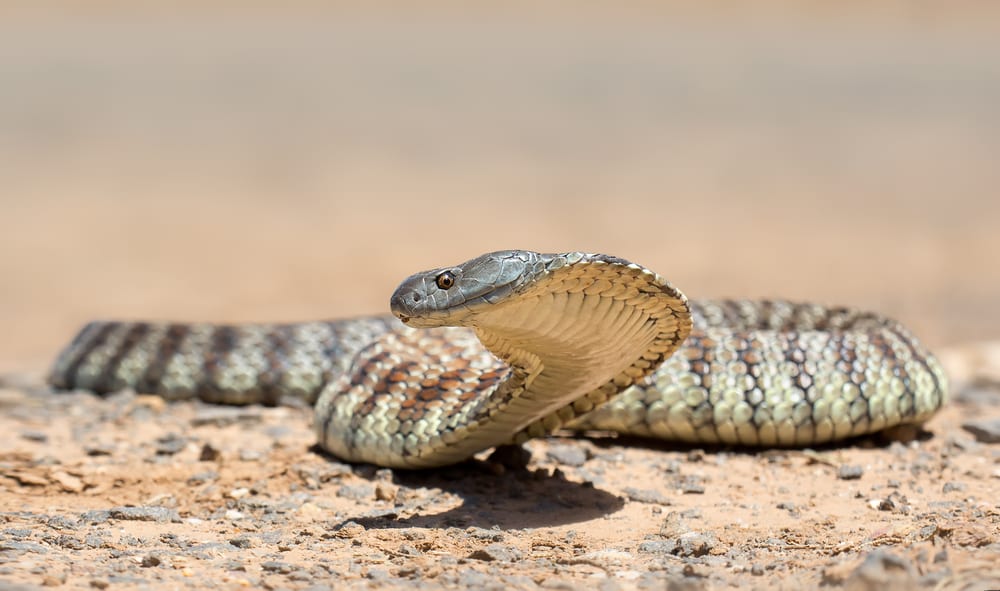
The viper snake can be found in almost all parts of the world. But the deadly Saw Scaled Vipers and Chain Vipers are native to the Middle East and Central Asia. The Chain Viper is known for its flat triangle-shaped head, blunt snout and short body. While the Saw Tail has a pear-shaped head, blunt snout and short body.
The Viper has long and rotatable fangs that connect to the venom glands behind their eyes located at the back upper portion of the jaw. It can extend its fangs and bite someone without injecting their venom, known as the dry bite. Its venom affects general tissues which can cause severe swelling, pain and cell death.
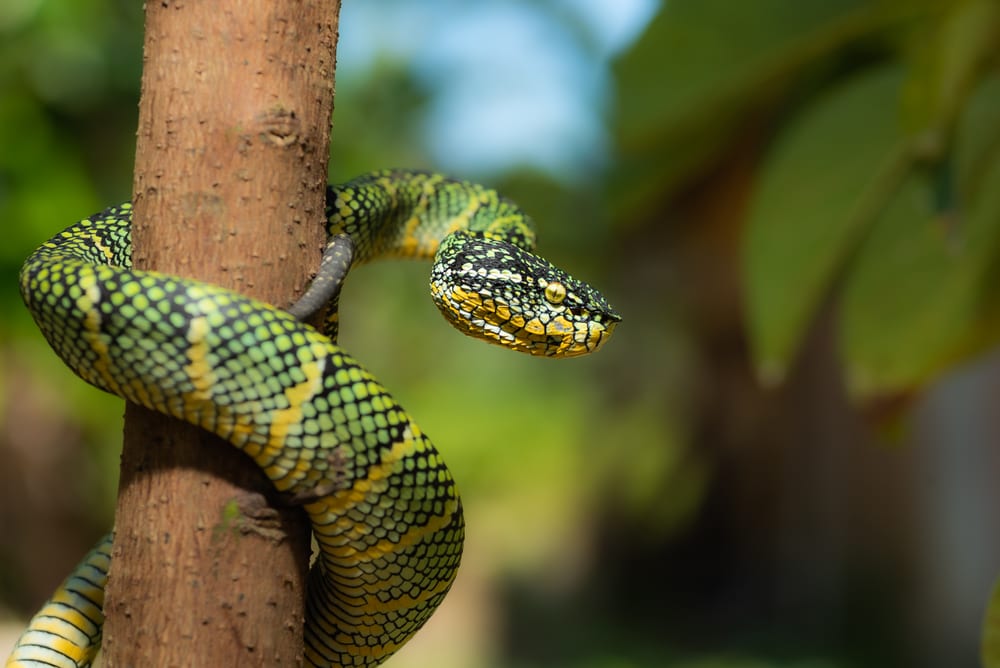
The venomous snake Blue Krait is a native to South East Asia and Indonesia. Its distinctive feature is the broad black bands across its white body. Blue Krait is more aggressive at night compared to daytime. The venom is 15 times more fatal than that of a common Cobra snake. A single bite can paralyze nerves and muscles which can lead to respiratory arrest.
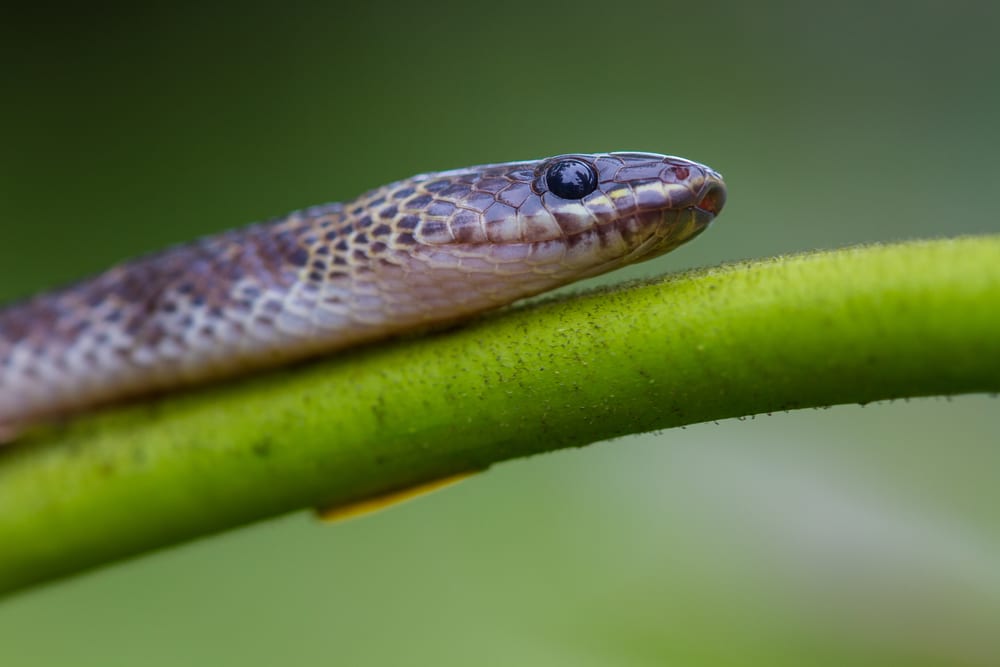
The only venomous snake that can be found in the United States is the rattlesnake. It is popular for its heavy body and diamond-shaped head. The rattlesnake got its name from the rattle that can be found at the end of its tale.
When threatened or provoked, a rattlesnake can bite an individual which can be fatal when not treated immediately. Its venom can destroy blood cells and skin tissues that would cause internal hemorrhaging.
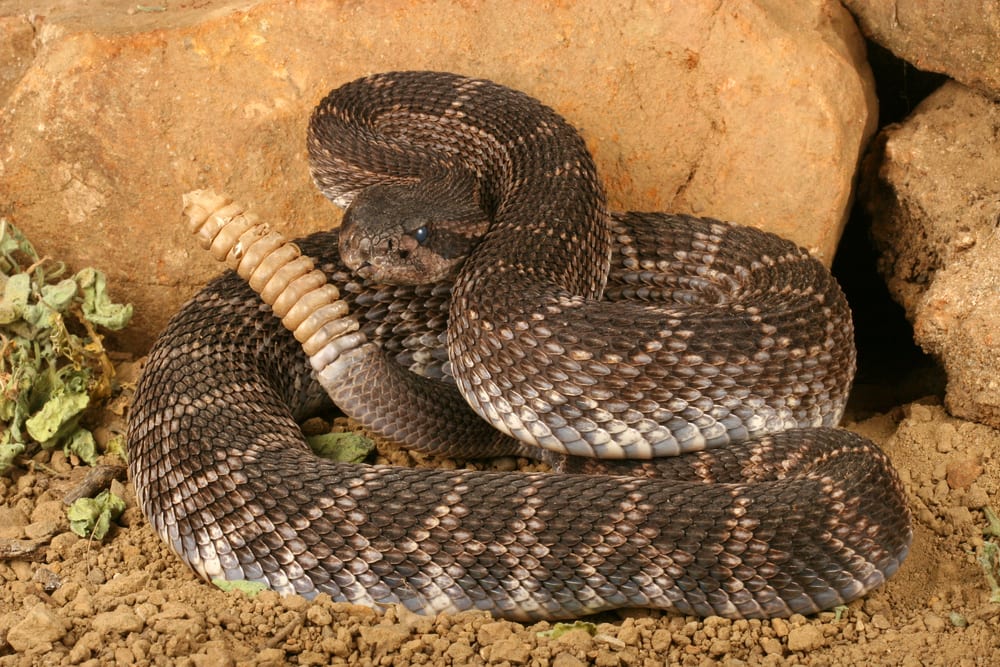
The post 10 Most Venomous Snakes in the World appeared first on 10 Most Today.